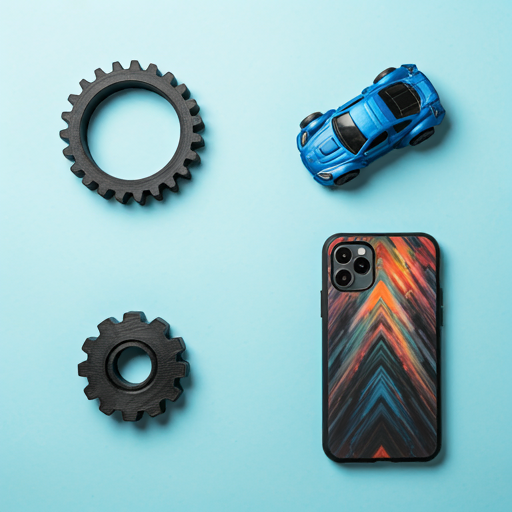
-
How it works
-
Industries
-
Services
-
Material
-
Company
-
Resources



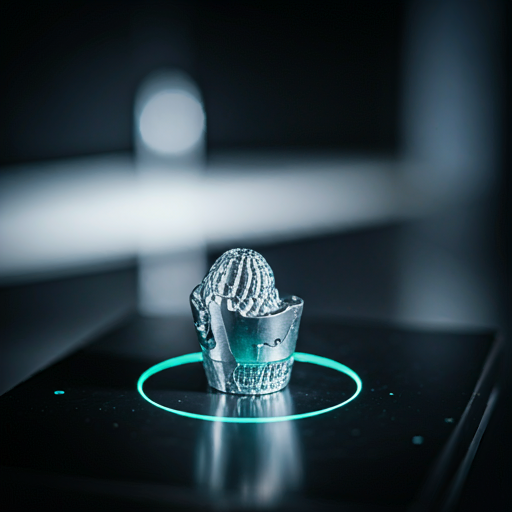
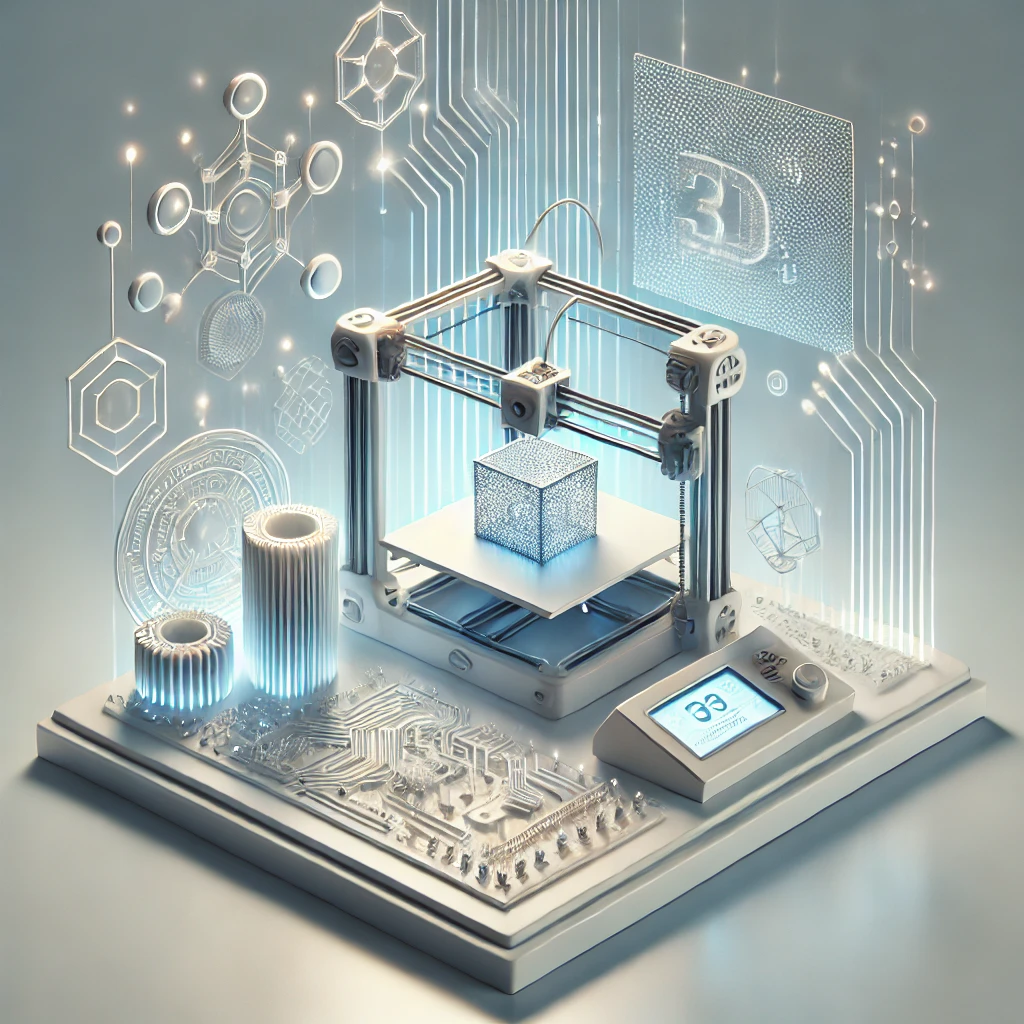




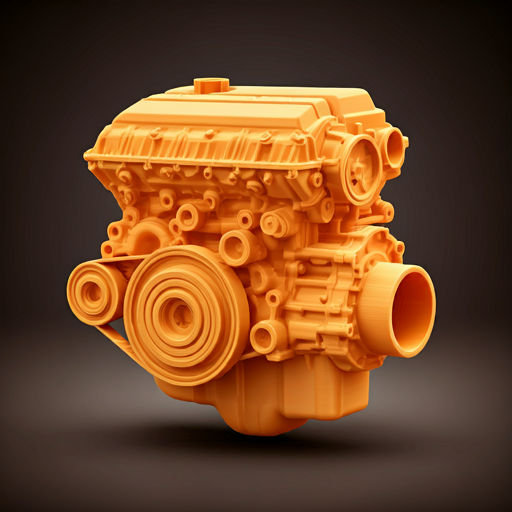

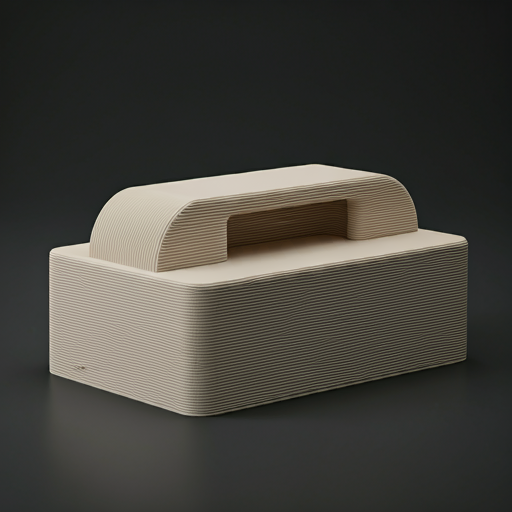
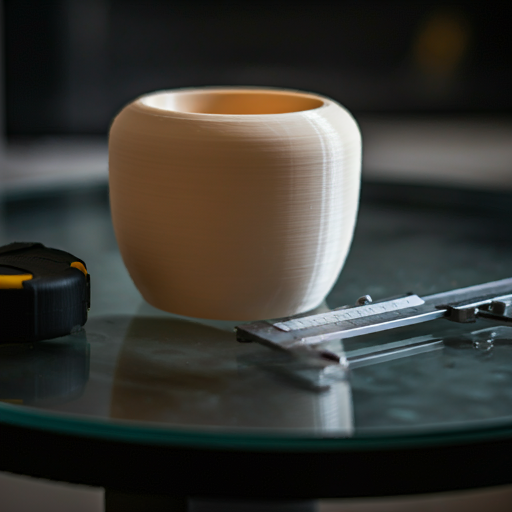
 Industries
Industries
Discover Standard Resin—a versatile photopolymer ideal for SLA 3D printing, known for producing high-detail, smooth surface finishes suitable for prototypes, models, and detailed parts.
Standard Resin is a liquid photopolymer used in Stereolithography (SLA) 3D printing. It cures (solidifies) when exposed to specific wavelengths of light, typically from a laser or digital light projector. This resin is formulated to deliver high-resolution prints with fine details and smooth surfaces, making it ideal for visual prototypes, concept models, and intricate designs. Standard Resin captures complex geometries and thin walls with precision, enabling designers, engineers, and artists to create accurate representations of their concepts. While it offers excellent aesthetic qualities, Standard Resin typically has moderate mechanical properties and is best suited for applications where functional testing under stress is not required. Its ease of use and affordability make it a popular choice for various industries seeking rapid prototyping solutions with high-quality surface finishes.





 SLA compatible
SLA compatible DLP compatible
DLP compatible High Detail Resolution
High Detail Resolution Smooth Surface Finish
Smooth Surface Finish Good Dimensional Accuracy
Good Dimensional Accuracy Wide Color Availability
Wide Color Availability Brittle Nature
Brittle Nature Limited Mechanical Strength
Limited Mechanical Strength
 UV Sensitivity
UV Sensitivity Requires Post-Curing
Requires Post-CuringKey Standard Resin properties rated to guide you in selecting the best fit for your 3D printing needs.
Standard Resin is ideal for creating high-detail prototypes, concept models, and parts where visual appearance is paramount. Its ability to capture intricate details makes it suitable for industries requiring precise models and presentations.
 Concept models
Concept models Aesthetic prototypes
Aesthetic prototypes Design validation
Design validation Detailed models
Detailed models Design prototypes
Design prototypes Casting patterns
Casting patterns Teaching aids
Teaching aids Demonstration models
Demonstration models Student projects
Student projects Figurines
Figurines Props and models
Props and models Decorative pieces
Decorative pieces Rapid Prototyping
Rapid Prototyping Architectural Models
Architectural Models Display Models
Display ModelsOffers moderate strength and hardness, suitable for visual models and prototypes with minimal mechanical stress.
| Property | Value, metric |
|---|---|
| Tensile Strength | Approximately 40 MPa |
| Tensile Modulus | Approximately 2,000 MPa |
| Elongation at Break (%) | 6% |
| Flexural Strength | Approximately 65 MPa |
| Flexural Modulus | Approximately 2,200 MPa |
| Notched Izod Impact Strength | Approximately 20 J/m |
| Shore Hardness | Shore D 80 |
Printing with Standard Resin in SLA machines allows for high-resolution prints with exceptional surface quality. Post-processing steps such as cleaning and UV curing are required to achieve optimal material properties and surface finish.
| Type | Value |
|---|---|
| Lead Time | 1-3 business days |
| Wall Thickness | Minimum 0.5 mm |
| Tolerance | ±0.1%, minimum ±0.05 mm |
| Max Part Size | Up to 600x 600 x 450 mm |
| Layer Height | 0.025 mm to 0.1 mm |
Low heat resistance; parts may soften at elevated temperatures.
| Property | Value, metric |
|---|---|
| Heat Deflection Temperature (HDT) | Approximately 50°C at 0.455 MPa |
| Thermal Expansion Coefficient | Approximately 80 x 10^-6 /°C |
| Thermal Expansion (Scale 0-100) | 70 |
| Max Service Temperature | Up to 45°C before significant deformation may occur |
Acts as an electrical insulator; not suitable for electrical components requiring high dielectric strength.
| Property | Value, metric |
|---|---|
| ESD Safety | Not ESD safe |
| Conductivity | Non-conductive; insulating properties |